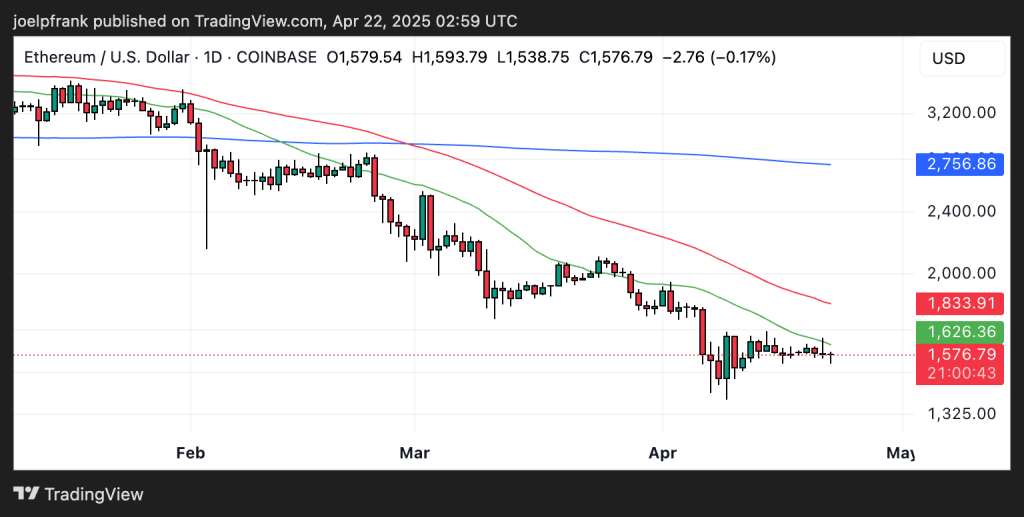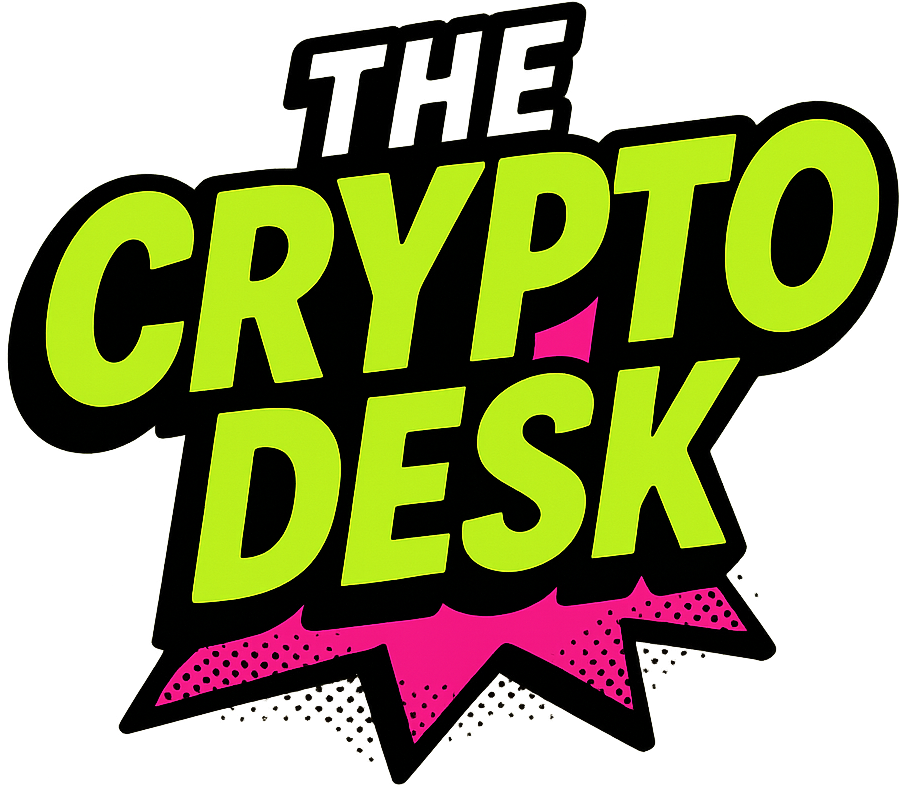Ethereum’s Bold New Directions: A Game-Changer from Vitalik Buterin
Ethereum, the world’s second-largest cryptocurrency by market cap, is making headlines yet again. This time, it’s thanks to a visionary proposal from co-founder Vitalik Buterin, revealed on April 21, 2025. Buterin has advocated for a transformative shift—a plan to replace the Ethereum Virtual Machine (EVM) bytecode with the open-source RISC-V instruction set architecture. This ambitious move aims to turbocharge the network’s scalability and efficiency, sparking spirited discussions in the crypto community. Could this be the pivotal moment that sends Ethereum’s price soaring? Let’s dive into the details and find out.
What Does the RISC-V Transition Entail?
Buterin’s proposal, which he elaborated on in the Ethereum Magicians forum, aims to completely revamp Ethereum’s execution layer by migrating from the existing EVM to RISC-V—a highly standardized and extensible architecture. This new approach promises to streamline Ethereum’s codebase and maintain compatibility with popular developer languages like Solidity and Vyper. According to Buterin, such a transition could enhance zero-knowledge (ZK) proof computations by an astounding 50% to 100%, dramatically increasing transaction throughput while slashing costs.
The transition also ensures that legacy contracts will remain compatible, making it easier for developers and users to adapt without losing vital functionality. These upgrades are perfectly timed alongside the anticipated “Pectra” upgrade scheduled for May 7, 2025, designed to further enhance Ethereum’s scalability and user experience.
Why This Matters: Potential Market Shifts
The implications of this proposal for Ethereum’s market performance are significant. Enhanced scalability may attract a surge of developers and decentralized applications (DApps), leading to increased network activity and higher demand for Ether (ETH).
However, recent trends from analytics platforms like Token Terminal and Santiment reveal a decline in fee revenues at the start of 2025, raising flags about ETH’s long-term viability. Buterin’s initiative to create a more efficient execution layer could combat this downturn, fostering cheaper transactions and bolstering the growth of Layer 2 solutions—an area Buterin has pinpointed as crucial to Ethereum’s economic future.
“I just spent hours going through Vitalik’s new proposal to replace EVM with RISC-V. It makes Ethereum blocks 50–100x more efficient. Here’s everything you need to know, even if you’re not technical. ↓” — Suhail Kakar

Current Market Sentiment: Caution Ahead
Despite the optimism surrounding Buterin’s proposal, Ethereum’s price action tells a cautionary tale. On the Monday following the announcement, ETH prices remained stagnant around $1,500, indicating a lack of immediate bullish sentiment among investors. Traders should approach this narrative with a dose of skepticism, especially in light of potential macroeconomic factors, including concerns over geopolitical tensions and how they might affect the crypto market.
Moreover, transitioning to RISC-V is a complex, multi-phase process. Past attempts to simplify the protocol—such as removing the SELFDESTRUCT opcode—have encountered technical challenges due to legacy behaviors, suggesting that this ambitious plan may not be without hurdles. While Buterin’s vision holds promise, its practical execution will be critical to reassure investors.
Expert Opinions: Insights from Analysts
Crypto analysts are closely monitoring developments. Some view Buterin’s proposal as a revolutionary step forward for Ethereum, potentially reinvigorating its investor base. Others urge caution, emphasizing that despite technical improvements, market trends and investor sentiment will play crucial roles in ETH’s price trajectory. The combination of technical innovation and market dynamics will ultimately determine the success of this initiative.
Looking Forward: Ethereum’s Future Outlook
The future of Ethereum hinges on effectively implementing these changes amid a dynamic market landscape. While the current conditions may appear challenging, these technical upgrades have the potential to enhance Ethereum’s position in the long run. Maintaining a vigilant eye on upcoming technical updates and broader market trends will be crucial for traders seeking to navigate this evolving environment.
Diversifying Investments: Alternatives on the Horizon
As Ethereum grapples with volatility, seasoned investors might consider diversifying their portfolios to include alternative high-potential projects. One such emerging contender is Best Wallet (BEST). In a turbulent market, BEST has made waves, raising over $11.7 million during its token presale. Currently priced at $0.02475, BEST powers a non-custodial wallet designed to support over 60 blockchains, providing seamless trading, staking opportunities with up to 162% APY, and a suite of services such as a decentralized exchange, a crypto debit card offering 8% cashback, and an NFT gallery.
“Discover new crypto projects before the hype hits! Upcoming Tokens in Best Wallet lets you: 🔹 Find early-stage crypto projects 🔹 Learn key info before buying 🔹 Buy directly in-app, no third-party wallet connections needed.” — Best Wallet

